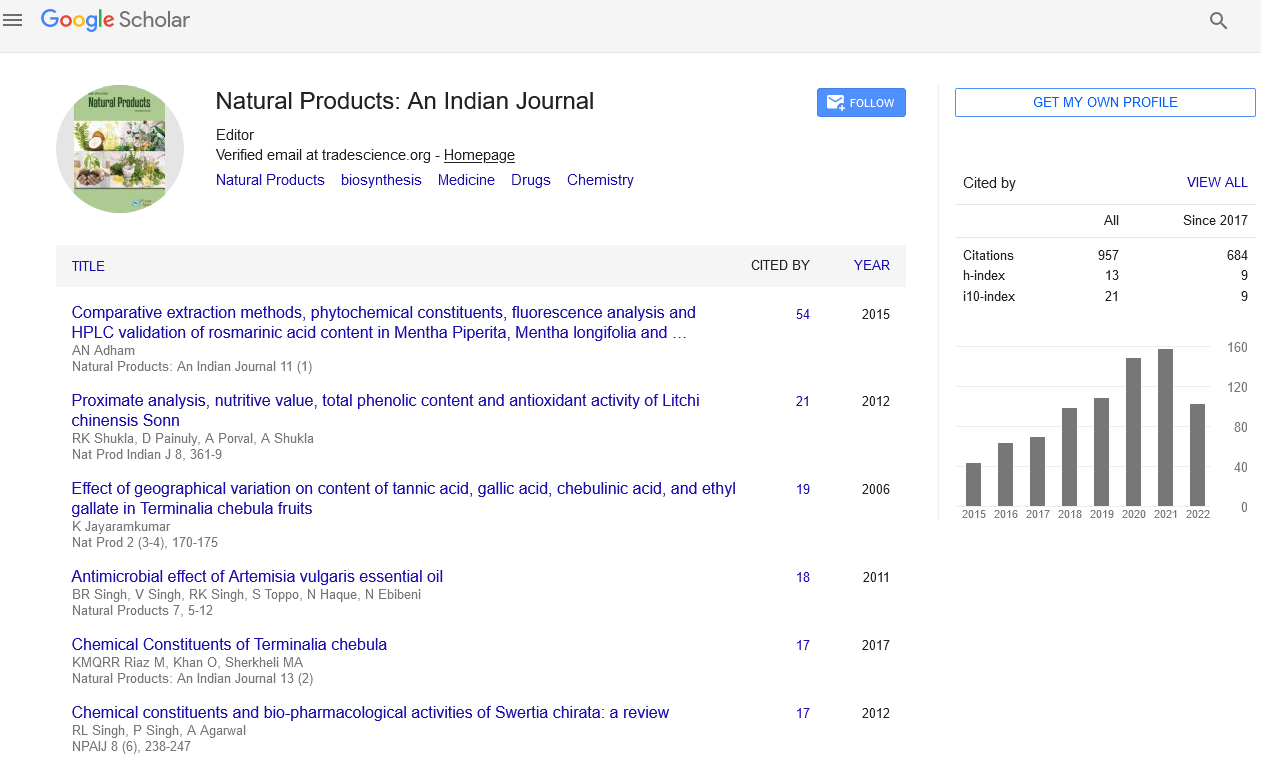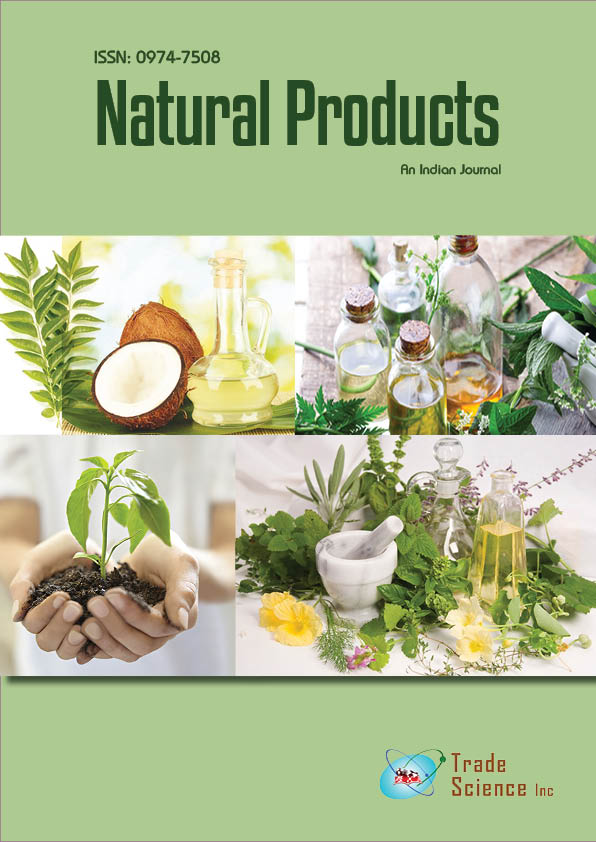Abstract
Effect of phytochemical composition of agricultural wastes on yield and proximate compositions of Pleurotus pulmonarius (fries.) queÃÂlet
Author(s): S.G.Jonathan, V.M.Nwokolo, E.N.Ekpo, O.J.Olawuyi, B.J.BabalolaFour substrates, coir fibre (obtained from coconut husk), oil palm waste, sawdust of Gmelina arborea and rice straw were used for this study. The highest protein content (29.42%) was found in P.pulmonarius harvested from coir fibre, the lowest (29.03%) in those from sawdust with 20% rice bran level (RBL) producing P.pulmonarius with the highest protein content respectively. There was no significant difference in the values of protein obtained across the four substrates. The highest carbohydrate contents (82.44%) was obtained in P.pulmonarius harvested from 40% RBLcoir fibre with the lowest (40.88%) from0%RBL rice straw. The fat content of P.pulmonarius across the four substrates used were found to be relatively low(ranging from0.79%) for coir fibre to 2.09%for sawdust). The highest ash content (7.99%) was found in coir fibre at 20%RBL. while the lowest (5.98%) was found in 40% RBL of sawdust with no significant difference across the RBL within the substrates used. The crude fibre obtained (ranging from 12.10-12 74%) also shows no significant difference across the substrates with the highest obtained from P.pulmonarius cultivated at 40% RBL across the four substrates. Phytochemical screening of the substrates shows the presence of tannin, alkaloid, saponin, flavonoid, phenolic compound, oxalate and cardiac glycoside. Phenol and flavonoid were highest in oil palm waste with values of 12.9mg/g and 33.01mg/g. The lowest values of phenol and flavonoid were found in rice straw with values ranging from1.05mg/g and11.75mg/g. The mean spawn running in percentage as exhibited by different substrates and RBL in percentage on weekly basis shows that all substrates were fully ramified at the fourth week. Biological efficiency (B.E) in percentage as exhibited by different substrates shows that there was significant difference between the substrates used.

